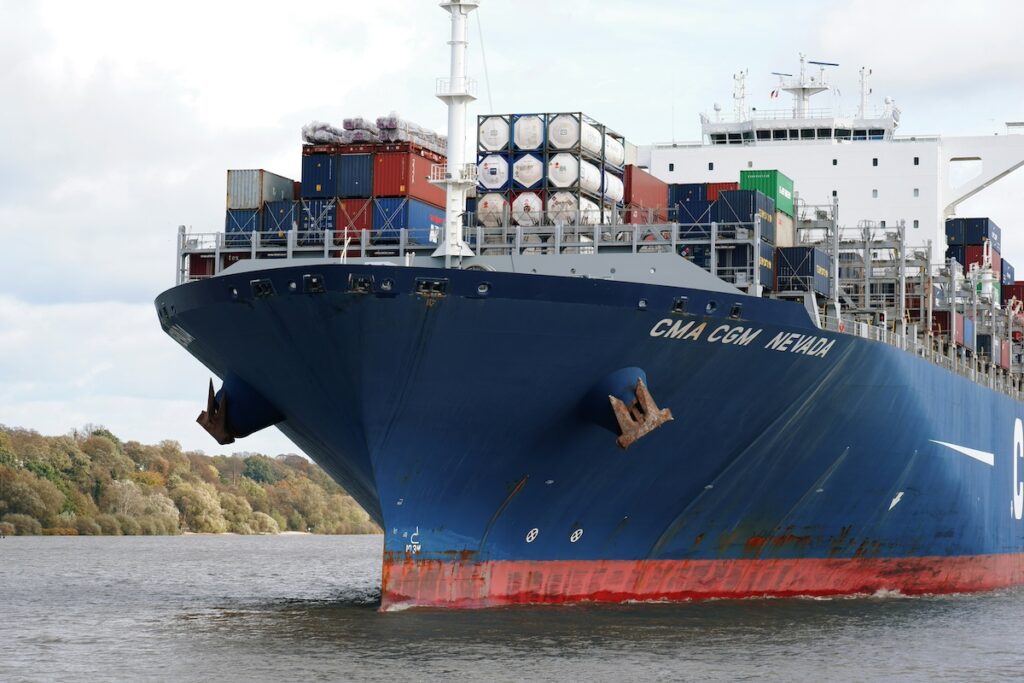Notwithstanding the fact that this Regulation applies exclusively to ships of gross tonnage greater than 5,000 Tons intended for the transport of passengers or goods for commercial purposes and, therefore, our nautical sector is outside its scope of application, it is important that the sector is attentive to this evolution, projection and impact on an activity so close to us.
Author: Carlos Sanlorenzo

It is true that the CO2 emissions emitted into the atmosphere by boating reach only 0.1 of global emissions (according to the ICOMIA report) when the maritime sector is responsible for approximately 950 million tons of CO2 (representing 2.6% of global emissions). And it is also true that our sector is becoming more and more sensitive and is moving towards sustainability at a dizzying pace if we take into account our economies of scale.
With the new regulation on the initiative known as FuelEU Maritime the increase in renewable fuels and low-carbon fuels will decrease the carbon footprint of the maritime sector in the EU.
The main objective of the FuelEU Maritime initiative, as an essential element of the EU’s “Target 55” or Fit for 55 package of measures, is to increase the demand for and systematic use of renewable fuels and low-carbon fuels and reduce greenhouse gas emissions from the maritime transport sector, while ensuring the smooth functioning of maritime traffic and avoiding distortions in the internal market.
The new Regulation aims to bring the maritime sector on track to meet the EU’s 2030 and 2050 climate targets and is set to play a key role in meeting the European Climate Legislation.
Main provisions of the new Regulation:
- Measures to achieve a gradual decrease in the greenhouse gas emission intensity of fuels used by the shipping sector from 2 % in 2025 to 80 % by 2050.
- A special incentive scheme to support the adoption of so-called renewable fuels of non-biological origin, which have a high decarbonization potential.
- The exclusion of fossil fuels from the Regulation’s certification process.
- The obligation for passenger ships and container ships to cover their electricity needs with shore-side electricity supply when moored at the quayside of major EU ports from 2030 onwards, in order to mitigate air pollution in ports, which are often located close to densely populated areas.
- A voluntary accumulation mechanism under which ships will be allowed to accumulate with one or more other ships their compliance balances so that the average total greenhouse gas emission intensity limits can be pooled.
- Time-limited derogations to give specific treatment of outermost regions, small islands and areas economically highly dependent on their connectivity. Revenues generated by the application of the Regulation (“FuelEU penalties”) should be used for projects in support of the decarbonization of the maritime sector with a strengthened transparency mechanism.
- Monitoring of the implementation of the Regulation through the Commission’s reporting and review process.
This Regulation is expected to be published in the Official Journal of the European Union shortly and will enter into force 20 days after publication. The new rules will apply from January 1, 2025, except for Articles 8 and 9, which will apply from August 31, 2024.
Let us therefore see how the application of these measures evolves in the maritime sector and let us assess those that could be transferred and adapted to our activity taking into account the green agenda of the European Union in the next 30 years.
Read on to know in detail everything that Carlos Sanlorenzo brings to the world of sailing with his opinions:



